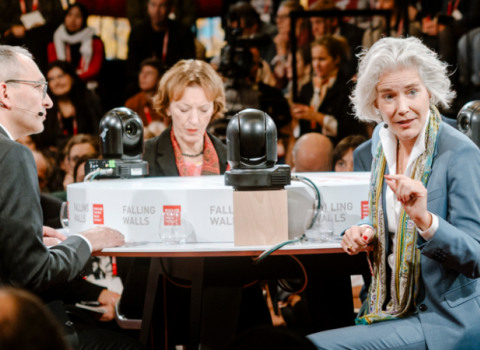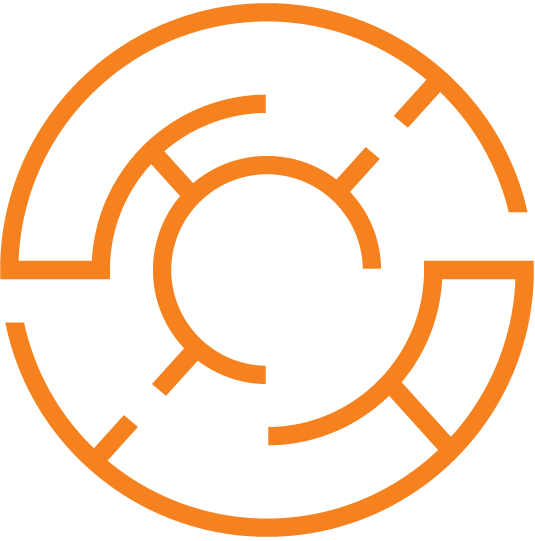Other work programme novelties include fewer, broader call topics, lower application page-counts and more lump sum calls

Photo credits: garloon / BigStock
Topics designed to appeal to new applicants will be a feature of Horizon Europe in 2026 and 2027, according to a newly published draft general introduction to the Horizon Europe work programme for the next two years.
Newcomers that the European Commission hopes to attract include small and medium enterprises, start-ups, scale-ups, civil society organisations and small public administrations.
Among the topics designed to bring them in are open “fast track to research and innovation” calls for maturing new technologies and concepts. These calls will be fully open, inviting applicants to define their own impact and how they will achieve it, thus making it easier for less experienced Horizon applicants to draft proposals.
For example, a €20 million fast track call will fund eight industrial technology projects that fit within the frameworks of one of the following Horizon Europe partnerships: Made in Europe, Process4Planet, Clean Steel, Innovative Advanced Materials for the EU or Textiles for the Future. Another €15 million call will fund innovations for the chemical industry. There will also be more calls for projects that use cascade funding to trickle down Horizon money to smaller actions.
The general introduction in which these and other novelties are spelled out was voted through by Horizon Europe’s strategic committee earlier in November and is set to be published officially in the coming weeks, along the rest of the work programme. These documents will set out the remaining topics and budgets for the last two years of the EU’s current €93.5 billion research programme.
Among other novelties, the Commission promises that this final set of work programmes will be less prescriptive and shorter than the previous editions, in order to boost Horizon Europe’s agility and openness.
The programme’s Pillar 2, which covers large collaborative projects, will see a 35% reduction in the number of topics, compared to the work programme for 2023-24. But each topic will be broader and fund more projects, with the number of topics funding only one project decreasing by 50%.
This way, the Commission will focus resources on fewer but larger topics, which it hopes will increase the impact of its research and innovation funding. In the past, the Commission has received criticism for spreading research funding too thin and running overly prescriptive calls, turning its projects into box-ticking exercises.
The Commission will also run more two-stage calls, which allow it to weed out the poorest applications after the initial submission of a ten-page summary proposal, before the best applicants are invited to submit a full proposal. There will be 41 calls topics with two-stage evaluation in the next two years.
To avoid bias, the Commission plans to evaluate these short proposals blindly, without telling the evaluators who submitted the proposal. This move follows a recent pilot to test the effectiveness of this approach.
Related articles:
- Horizon calls in 2026-27 lay groundwork for new AI in science strategy
- Explained: Horizon Europe’s cascade funding
- Research managers propose recipe for simplifying Horizon Europe projects
Application updates
In the last years of Horizon Europe, the Commission will also update the standard submission template with simpler requirements for impact and implementation sections, the details of which can be found in the 2026-27 general annexes document.
This update will also mean a reduction in the allowable length of applications. The limit for a full application will decrease from 45 to 40 pages for research and innovation projects, and from 30 to 25 pages for coordination and support actions. For projects with lump sum funding, the limits will be reduced from 50 to 45 pages for most project, and from 33 to 28 pages for coordination and support projects.
Finally, the roll-out of lump sum funding will pick up pace, with 50% of the budget being distributed in lump sum tranches, especially in topics with grants below €10 million. The rest of the projects will have to stick to the old real-cost reporting method, which requires the grantees to keep receipts and report how the money is spent.
Three new programmes, one more partnership
Administrative changes are not the only novelties planned for the last two years of Horizon Europe.
The EU’s latest green and industrial growth plan, the Clean Industrial Deal, has been embedded into the research programme, including a €600 million initiative to fund deployment-ready clean tech projects through a new “horizontal activities” work programme.
Another new horizontal action is AI in science funding, which has a total of €100 million to create Raise, the Resource for AI Science in Europe, a virtual institute intended to fulfil the Commission’s commitment to create a CERN for AI.
The Choose Europe pilot, designed to create long-term employment for researchers and so retain them in the EU, will turn into a full-fledged funding scheme with a budget of €50 million. The scheme, trialled in 2025, links Marie Skłodowska-Curie Actions grants for researcher training with long-term positions in universities and research organisations.
Finally, the Commission is adding one more partnership to the mix to cover social transformations and resilience. This partnership will focus on social sciences and humanities projects exploring the future of work, modernisation of social protection and essential services, education and skills development and a fair transition towards climate neutrality.
Plans confirmed
The Commission is set to finalise the Horizon Europe work programme for its final two years in the coming weeks. But some parts of the work programme have already been voted through by the programme’s strategic committee. These are:
- Health
- Climate, energy, mobility
- Food, bioeconomy, natural resources, agriculture and environment
- Horizontal activities
- Widening
- Research infrastructures
- General introduction
- General annexes
- Missions
- New European Bauhaus facility
You can find the complete history of the draft work programmes on our Horizon papers page.





 A unique international forum for public research organisations and companies to connect their external engagement with strategic interests around their R&D system.
A unique international forum for public research organisations and companies to connect their external engagement with strategic interests around their R&D system.